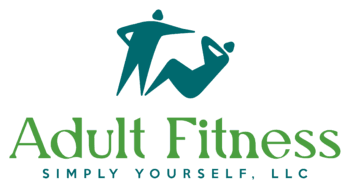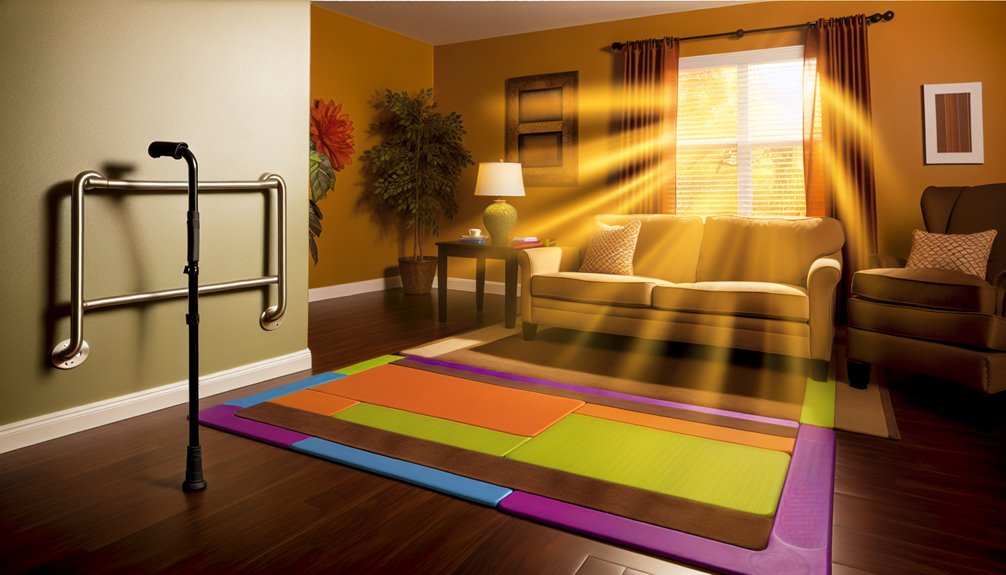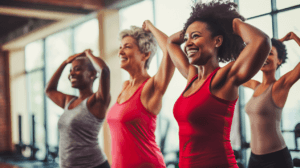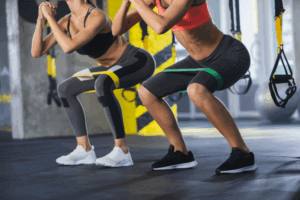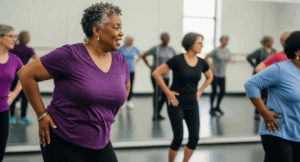As we age, our homes can become environments filled with hidden hazards. It’s crucial to assess and modify your living space to promote safety and prevent injuries. Simple changes can make a significant difference in reducing risks, especially when it comes to falls. By understanding the common pitfalls and implementing practical solutions, you can create a safer home. But where should you start? Let’s explore some essential tips to keep you protected.
Key Takeaways
- Remove clutter and ensure walkways are clear to prevent trips and falls in the home.
- Install grab bars in bathrooms to provide extra support and stability.
- Maintain adequate lighting throughout the home, especially in stairways and hallways.
- Regularly check for loose rugs and secure them or remove them to reduce slip hazards.
- Encourage routine eye check-ups to help maintain good vision and reduce fall risks.
Assessing and Modifying the Home Environment
When you assess and modify your home environment, you’re taking a crucial step toward preventing injuries.
Start by examining each room for potential hazards. Look for loose rugs, clutter, or inadequate lighting that might pose risks. Consider your loved ones’ needs; simple adjustments like rearranging furniture can create safer pathways.
Install grab bars in bathrooms and ensure that commonly used items are within easy reach. You might also want to evaluate furniture stability—make sure chairs and tables are sturdy.
Encourage your family members to join in this process, fostering a sense of community and care.
Preventing Slips and Falls
Although slips and falls can happen to anyone, older adults are particularly vulnerable due to factors like reduced balance and strength.
To help prevent these accidents, create a safe environment at home. Start by removing clutter from floors and ensuring walkways are clear. Use non-slip mats in areas prone to water, like bathrooms and kitchens.
Make sure stairs are well-lit and have sturdy handrails. Encourage the use of supportive footwear instead of slippers or socks. You might also consider installing grab bars in bathrooms for added stability.
Lastly, routine eye check-ups can help maintain good vision, which is crucial for navigating your home safely.
Fire Safety and Burn Prevention
Creating a safe environment at home goes beyond preventing slips and falls; it also involves fire safety and burn prevention. Start by installing smoke alarms in every room and testing them monthly. Keep a fire extinguisher accessible, and ensure everyone knows how to use it.
For added safety, avoid overloading electrical outlets and use only certified appliances. When using candles, never leave them unattended, and consider flameless alternatives.
In the kitchen, always keep pot handles turned inward to prevent accidental spills. Wear oven mitts when handling hot items, and avoid wearing loose clothing that could catch fire.
Finally, create an escape plan and practice it regularly to ensure everyone knows what to do in case of an emergency. Your proactive steps can make a real difference.
Kitchen Safety Tips
To ensure safety in the kitchen, you need to be mindful of your surroundings and adopt simple habits.
Keep your work area clutter-free, and always use non-slip mats to prevent falls. When cooking, wear sturdy shoes and avoid loose clothing that could catch fire or snag on appliances.
Always use oven mitts when handling hot pots and pans, and be cautious with knives—cut away from your body and use a stable cutting board.
Make sure to store heavy items at waist level to prevent strain.
Finally, keep a fire extinguisher nearby and ensure it’s easily accessible.
Emergency Preparedness and Response
Staying safe in the kitchen is just one part of maintaining your overall well-being. It’s crucial to prepare for emergencies, too.
Start by creating an emergency kit stocked with essentials like water, non-perishable food, and first-aid supplies. Make sure you have a charged phone and a list of important contacts.
Practice an evacuation plan so you know what to do in case of a fire or natural disaster. Encourage your friends and family to participate in drills, ensuring everyone knows how to respond.
Lastly, stay informed about local emergency services and resources. By preparing together, you’re not only safeguarding yourself but also empowering those around you. Your proactive approach can make a real difference in times of crisis.
